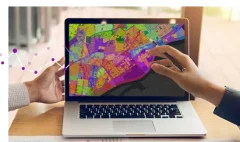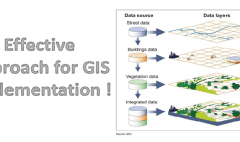Reimagine Your GIS: From ArcMap to ArcGIS Pro and User Types
May 26, 2025 2025-07-17 6:46Reimagine Your GIS: From ArcMap to ArcGIS Pro and User Types
Reimagine Your GIS: From ArcMap to ArcGIS Pro and User Types

Since the introduction of ArcMap, the ArcGIS system has undergone significant transformation; from a standalone desktop application to a fully integrated, cloud-enabled geospatial platform. At the heart of this evolution is ArcGIS Pro, the modern desktop GIS application designed to work seamlessly within the ArcGIS ecosystem. Alongside ArcGIS Pro, Esri introduced user types, a flexible and scalable way to access ArcGIS capabilities and applications across various environments.
As we approach the 10-year anniversary of ArcGIS Pro in January 2025, and with ArcMap officially retiring in March 2026, now is the time to reflect on how GIS has progressed and to plan ahead for the future.
From ArcMap to Modern GIS
When ArcMap launched in the late 1990s, it was a revolutionary step in simplifying GIS workflows. No longer reliant on command-line inputs, users could interact with geographic data using intuitive, graphical tools. ArcMap democratized spatial analysis, making it easier for professionals to visualize, edit, and share spatial information.
However, as technology advanced and user demands became more complex, there was a clear need for a more capable, connected desktop GIS solution.
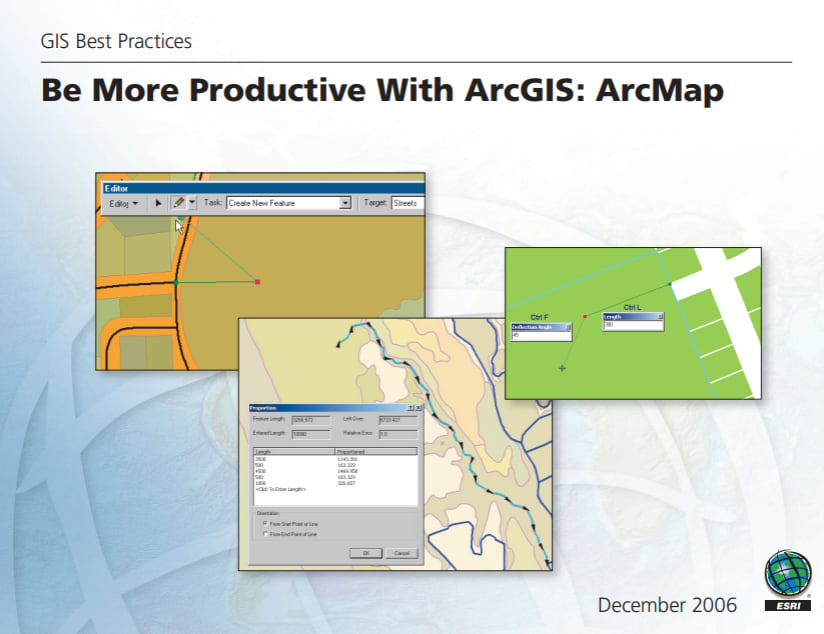
ArcGIS Pro: The New Standard
Introduced in 2015, ArcGIS Pro was designed to meet the needs of modern GIS professionals. With a reimagined interface, robust 2D and 3D visualization, enhanced performance, and advanced analytical capabilities, ArcGIS Pro represents a new generation of desktop GIS.
Its tight integration with ArcGIS Online and ArcGIS Enterprise enables efficient cross-platform workflows, real-time data sharing, and greater organizational collaboration. Today, ArcGIS Pro is the central application for authoring, managing, and analyzing geospatial content, empowering users to move beyond static maps and become key decision-makers within their organizations.
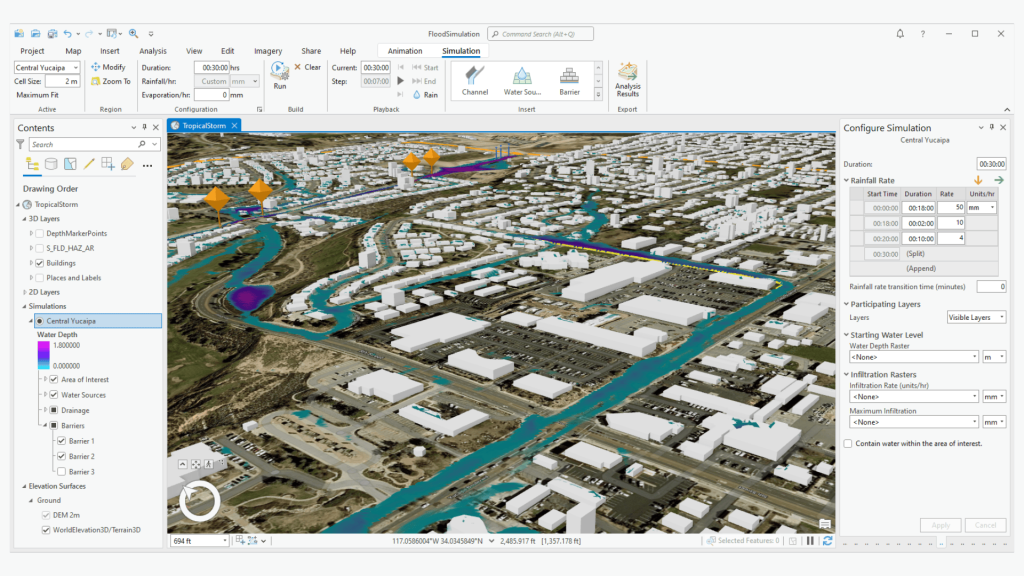
Evolving Access Through User Types
The launch of ArcGIS Pro also marked the shift toward a named user model known as user types for accessing ArcGIS tools and services. Much like modern web platforms, this model assigns each user a unique identity and tailored access, providing secure, role-specific functionality.
With user types, organizations can:
- Align tools with job roles: Equip field staff with Mobile Worker user types or empower analysts with Creator or Professional types.
- Work across environments: Enable access to ArcGIS from desktop, mobile, or web-online or offline.
- Simplify administration: Manage licenses, apps, and capabilities from a centralized system.
- Scale flexibly: Add or upgrade user types as business needs evolve.
This shift makes GIS more portable, adaptable, and inclusive, serving not only GIS professionals but also a wider range of users across organizations.

The Next Generation of User Types
User types continue to evolve, further enhancing collaboration and expanding the impact of GIS within organizations. They are no longer just a licensing mechanism, they are a strategic tool for optimizing workflows and delivering value.
The Creator user type now includes ArcGIS Pro at the Basic license level, offering 782 geoprocessing tools without the need for additional extensions. It also includes new apps like ArcGIS Data Pipelines and ArcGIS Web Editor, providing both cloud and desktop editing capabilities at a competitive price.
The former GIS Professional user type has been restructured into:
- Professional – Includes ArcGIS Pro Standard and expanded app access.
- Professional Plus – Offers ArcGIS Pro Advanced with nine premium extensions such as 3D Analyst, Spatial Analyst, and Network Analyst, providing maximum analytical power.
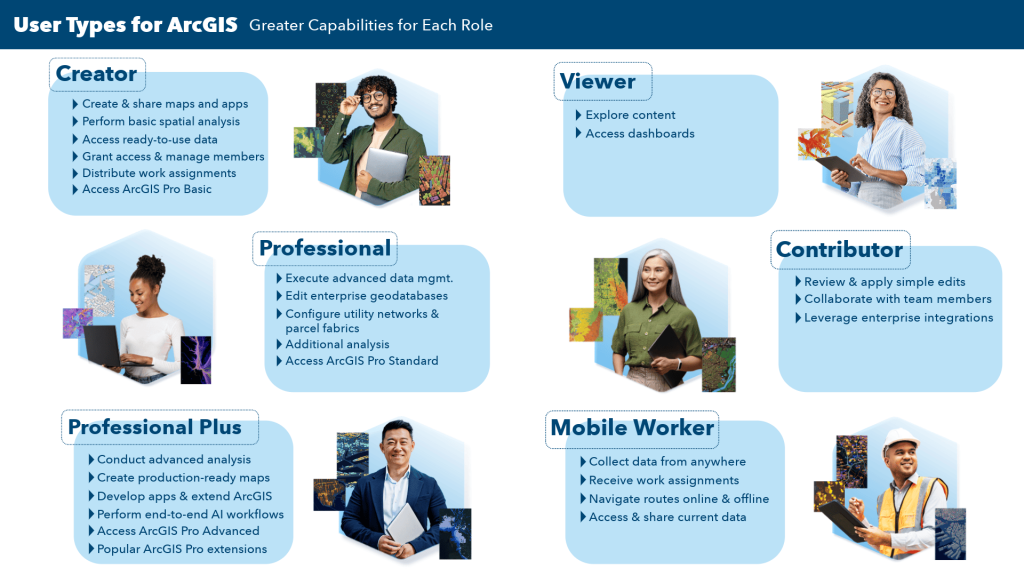
Tailored Access for Every Role
User types are designed to reflect the diversity of roles within an organization. Whether it’s a field technician collecting data, an executive reviewing insights, or a data scientist conducting spatial analysis, there’s a user type suited for each need.
For teams migrating from ArcMap to ArcGIS Pro, this flexibility is critical. Not every employee requires a full desktop license, some may only need to view maps, while others need advanced tools. Assess roles and responsibilities carefully to ensure each team member has the right level of access.
Already using ArcGIS Pro? Take full advantage of updated user types to maximize your return on investment. Review your organization’s structure and collaboration needs to ensure everyone is equipped to succeed.
Embrace the Future of GIS
The transition from ArcMap to ArcGIS Pro—together with the evolution of user types—has fundamentally changed how spatial data is managed and used. These innovations enable professionals to gain deeper insights, collaborate more effectively, and scale operations with confidence.
Now is the time to migrate. Esri offers a range of support options including expert guidance, customized training, and comprehensive migration resources to help you make a smooth transition.
To begin planning your next steps, contact us: renewals@esriea.com.
This Article was originally written by Christie Roland



